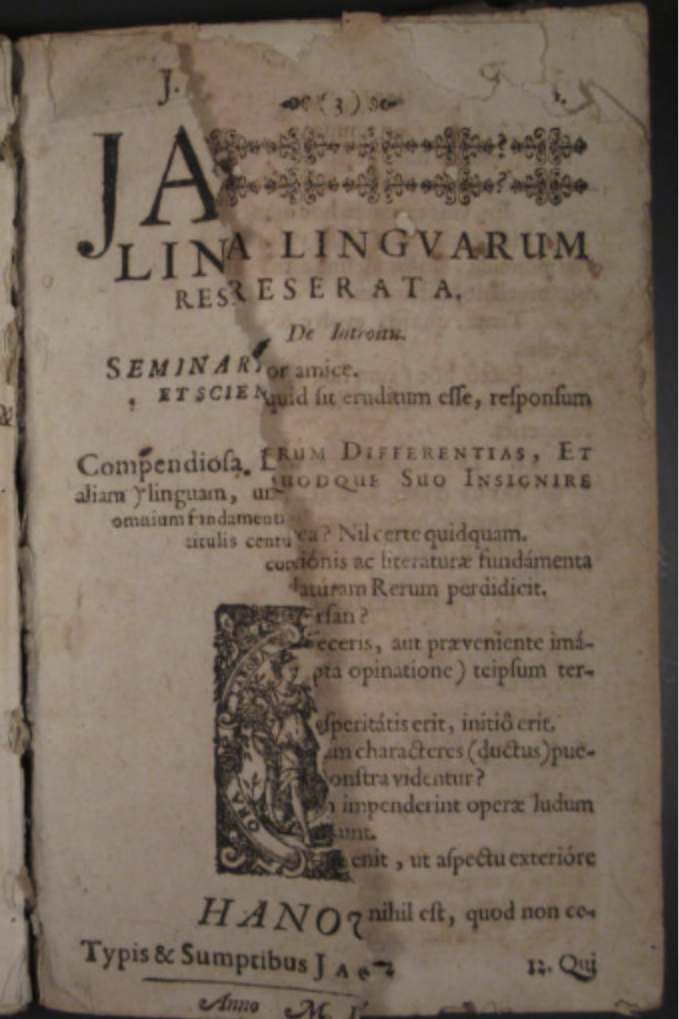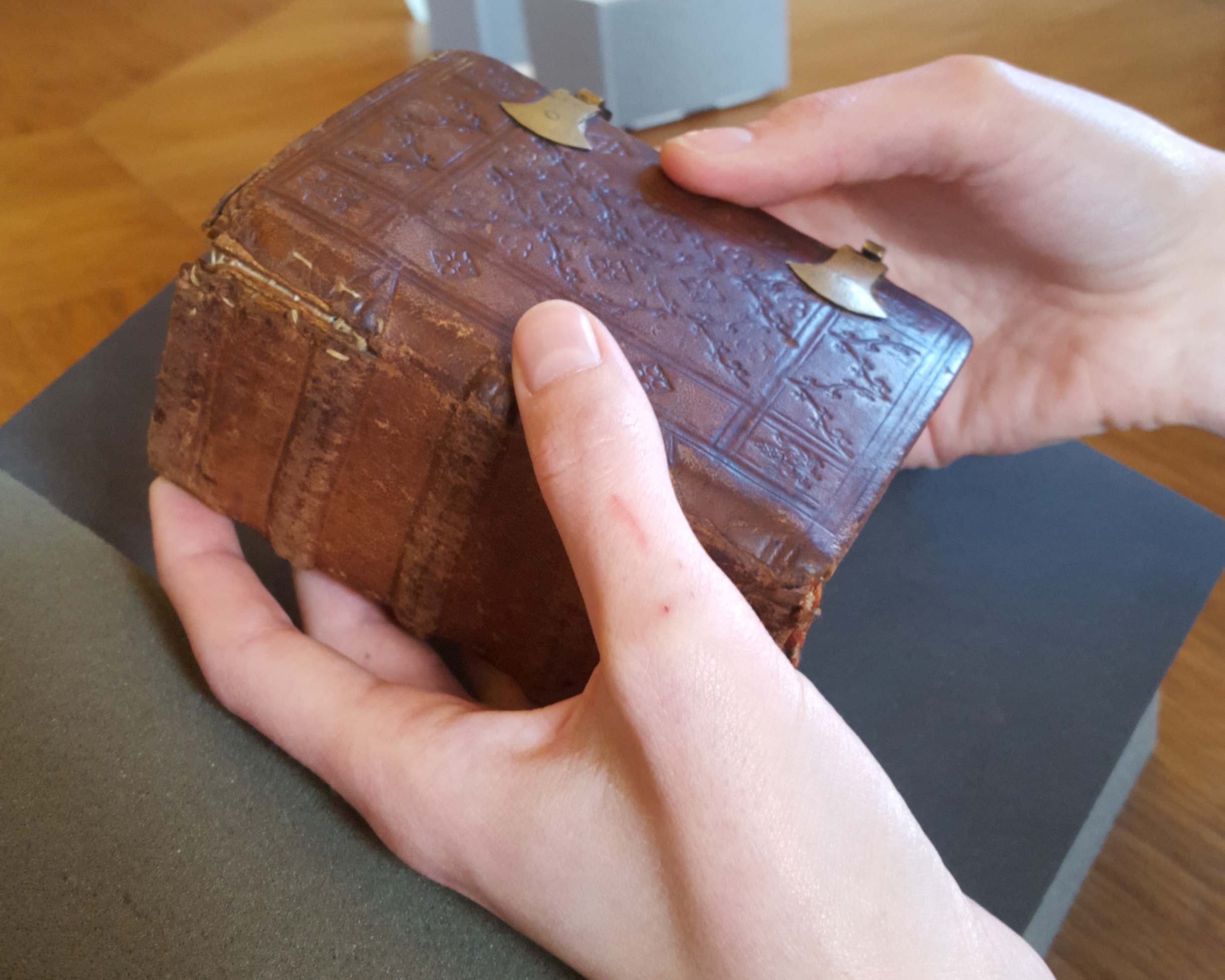In this session, we are going to transform an academic paper into an academic blog post, closely examining the opportunities and challenges afforded by this medium of communication. (1) Methodological: Digital methods can aid us in our book historical research by (a) expanding the community of scholars with whom we engage and (b) expanding and reshaping the archival …
Author: Lena Zlock
Study Guide: Hitchhiker’s Guide to Digital Methods for Book History
Book history is a rich area for experimenting with digital methods. From digitisation to digital editions, there is inspiration aplenty for your own research projects. In this video, I discuss three examples of digital methods in action: the Voltaire Library Project; a digital edition of the Janua linguarum reserata from the Taylorian Library; and the …
Revising the Catalogic Record
By Vincent Leung As is well known, written word in the Middle Ages projected the verisimilitude of authority and veracity via the use of auctoritates, personnages and works whose popularity survived centuries with the rubber stamp of intellectual, religious, and governmental institutions. Of course, times have changed. By no means are former sources revered solely …
Interview with Richard Ovenden: Burning the Books for History of the Book
Lena Zlock (History of the Book and Modern Languages alumna and current DPhil in Education) interviewed Richard Ovenden, Bodley’s Librarian, about his latest work, Burning the Books: A History of Knowledge under Attack (Belknap Press, 2020)
In Pursuit of An Apostle: Comenius, the Janua, and an Unicum
By Lena Zlock Introduction “I cry: sensation!” With these words began our search for what might be an ‘unicum’: the only edition of its kind of Johann Amos Comenius’ Janua linguarum reserata. Ulrich Schäfer, Bibliographischer Berater at the Deutsche Comenius-Gesellschaft first contacted Helen Buchanan of the Bodleian Libraries to enquire about the 1662 copy of …
A first-hand encounter with MS. Don. e. 248
By Luise Morawetz After learning about different methods and difficulties of conservation (visit the Masterclass on Materiality post to read more about this part of the session), we got the chance to look at some manuscripts and to learn about the specifics of their materiality. What was especially intriguing for me was seeing the manuscript …
How to analyze an 18th century manuscript: part 1
By Caroline Godard
Masterclass on Materiality
By Godelinde Gertrude Perk Featured image courtesy of the University of Oxford Development Office This masterclass focused on the materiality of medieval manuscripts, that is, medieval manuscripts as material objects, and their conservation. It explored how manuscripts were made in the Middle Ages and how modern conservators (for instance in the Bodleian Conservation Studio) conserve …
Treasures of the Taylorian
By Isabelle Riepe A library must not always be just books. Libraries established before the 20th century mostly originated from collections, alongside objects, like porcelain, clocks, furniture, or paintings. Sometimes those also find their way into a newly founded library of the 19th century. The Taylor Institution Library (Taylorian) opened in 1849, following the will of architect Sir Robert …
Lōökîng fõr “g”
By Luise Morawetz and Vincent Leung In the fourth week of our History of the Book methodology module, the topic was palaeography. Dr. Colleen Curran, a researcher at the Faculty of English of the University of Oxford and expert in Insular scripts, took us to the Weston Library’s Visiting Scholar’s Centre to introduce us to …






